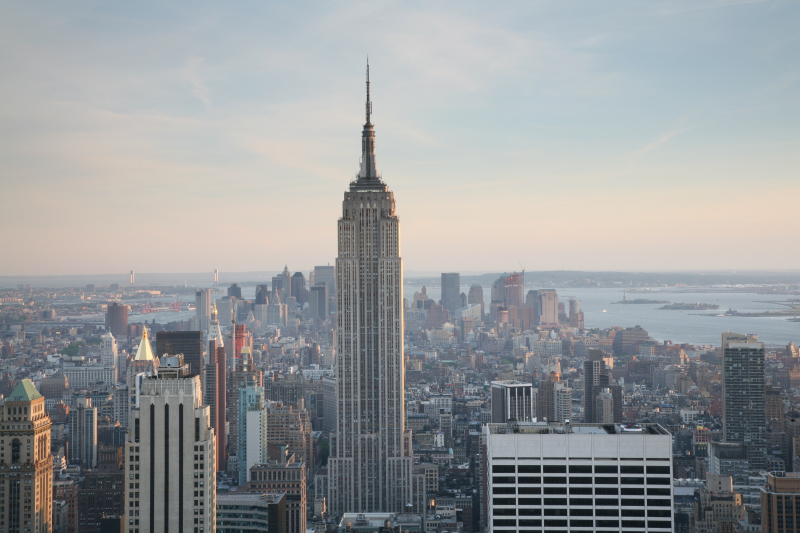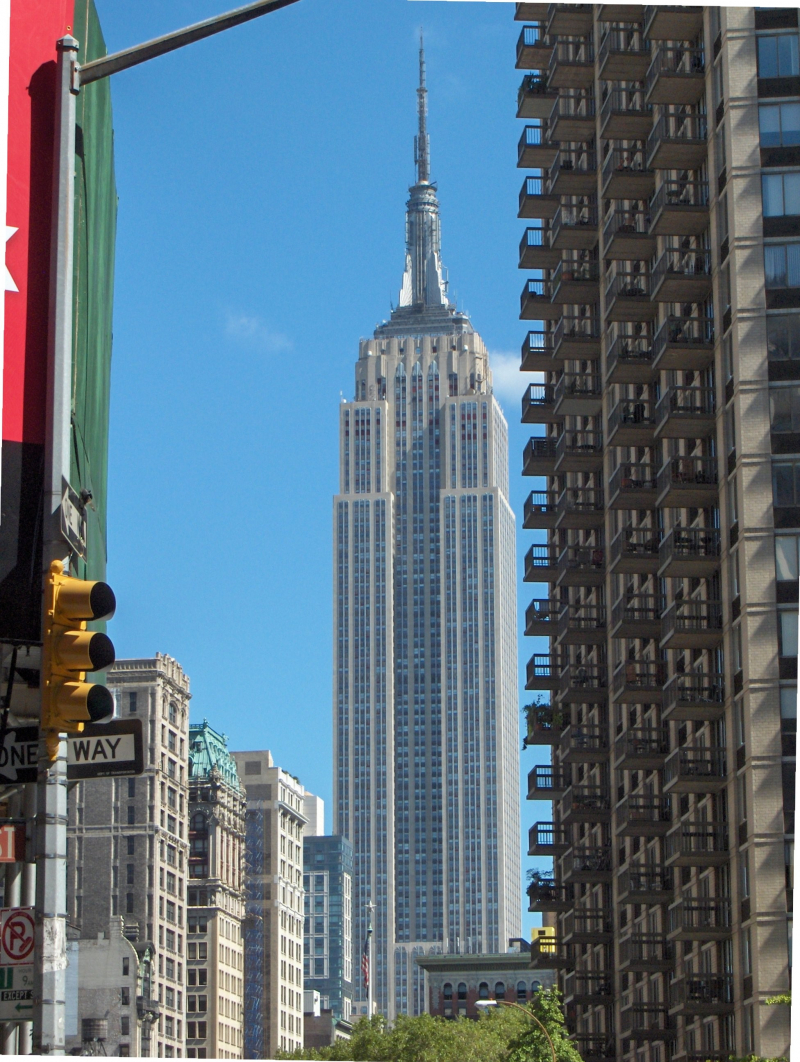The Empire State Building
The Empire State Building, perhaps the most famous skyscraper ever built, has also just become a good case study of how smart technology can be used to pull out green retrofits of historic structures. The building, which tops the New York City skyline, is one of the most iconic buildings of all time. Constructed in 1931, it was formerly the highest structure in the world, surpassing both the Eiffel Tower in Paris and the Chrysler Building in New York.
Started in 2006, the $38 million campaign to reduce the Empire State Building's carbon footprint has seen great success, reducing the structure's energy use by up to 50%, according to a CBC article. According to the corporation that owns the building, by 2030, it should be carbon neutral. The Empire State Building has gone from being one of New York City's least to one of its most energy-efficient buildings.
Triple-paned windows, improved insulation, regenerative elevator braking, and a massive overhaul of the chiller plant that featured CO2 trackers and a smart temperature management system. The building also uses artificial intelligence technology, believed to have reduced water use by 7.5 million gallons and carbon emissions by 300 metric tons. The renovation was so successful that it prompted the creation of the Empire Building Challenge, a $50 million program to encourage other historic New York City high-rises to undergo their own green retrofits.
Location: NYC, New York












